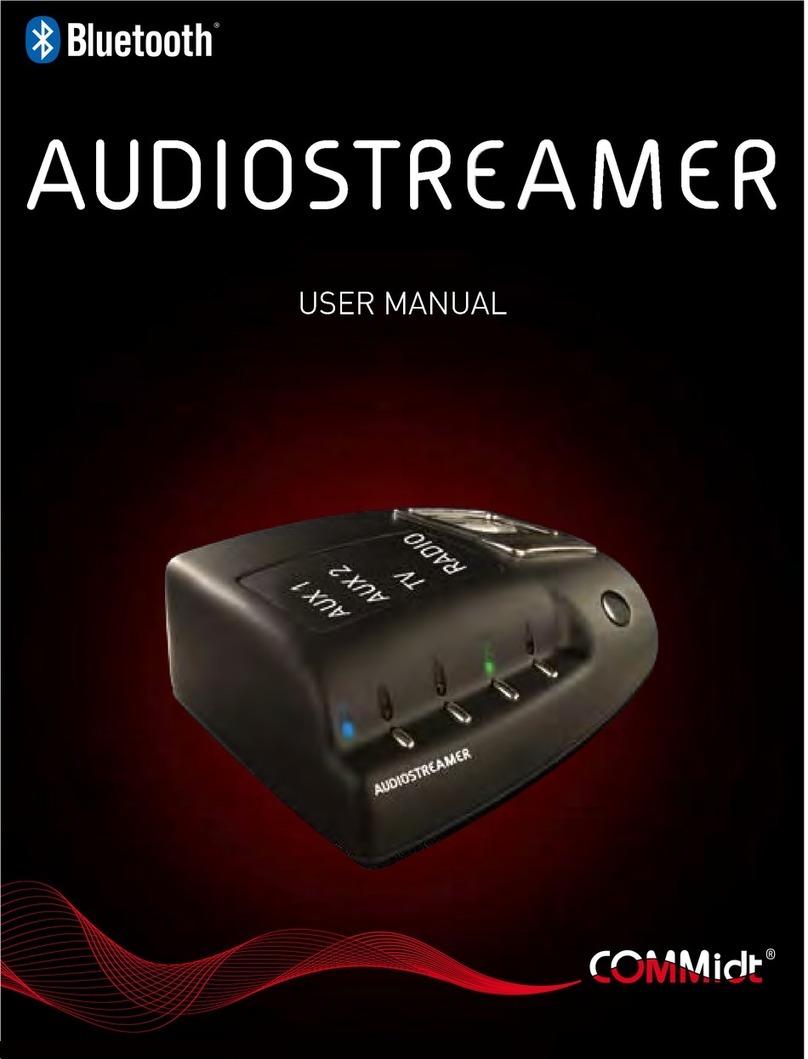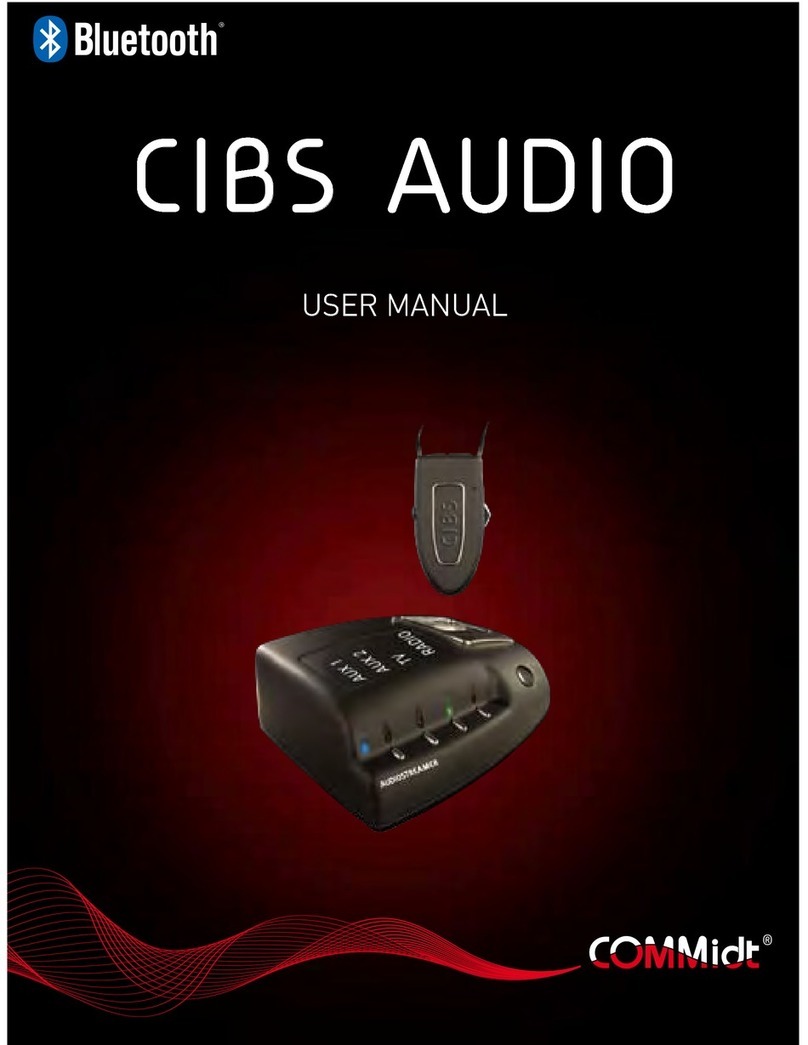Congratulations
Congratulations on your new CIBS Total. We hope you will have much joy
out of the solution that gives you very good sound from the TV/Radio
and that gives you better sound in conversations and in meetings with
several participants.
This manual will ensure that you get started so that you will get the most
possible joy out of your new solution. Your dealer supplies a number of
accessories that further expand the functionality of this product.
The unit should be charged completely before use (see page 10 for
instructions). Charging takes approximately 2 hours.
Please note!
Together with the connected headset/earbuds the Maestro unit can
provide sound at a high volume. Subjecting yourself to this can lead to
permanent hearing damage. Be careful when you increase the volume
so that you avoid such damage.
Be careful when using the unit when you are engaged in an activity
requiring your full attention.
Never attempt to take apart the units yourself. Only approved dealers or
service centres may open the product. Contact the dealer if any of the
parts of the product must be replaced.
Store out of reach of children:
Plastic bags that the product and accessories are packaged in are not
toys for children. The bags themselves or the small parts they contain
can lead to suffocation if they are swallowed.
Ignition of flammable atmospheres
Do not use the Maestro, Liberto or Audiostreamer in surroundings where
there is a danger of ignition of flammable gasses.
About CIBS Total
CIBS Total consists of 3 units: Maestro (neck loop), Liberto (wireless
microphone) and Audiostreamer (wireless transmitter for sound from
TV/Radio etc.) Maestro is the main unit in the system. It receives sound
from Audiostreamer, Liberto and from your mobile telephone.





























